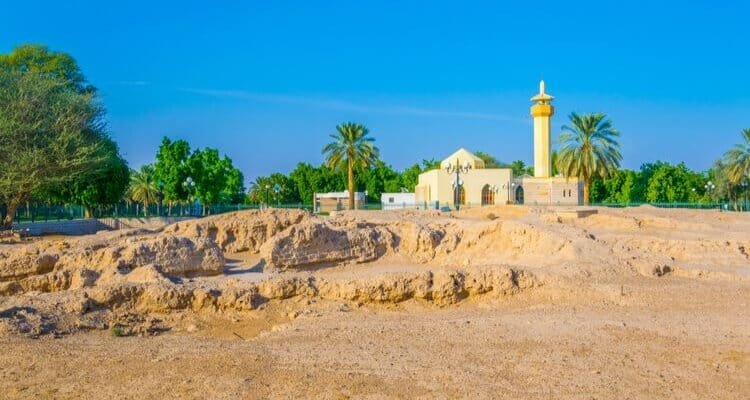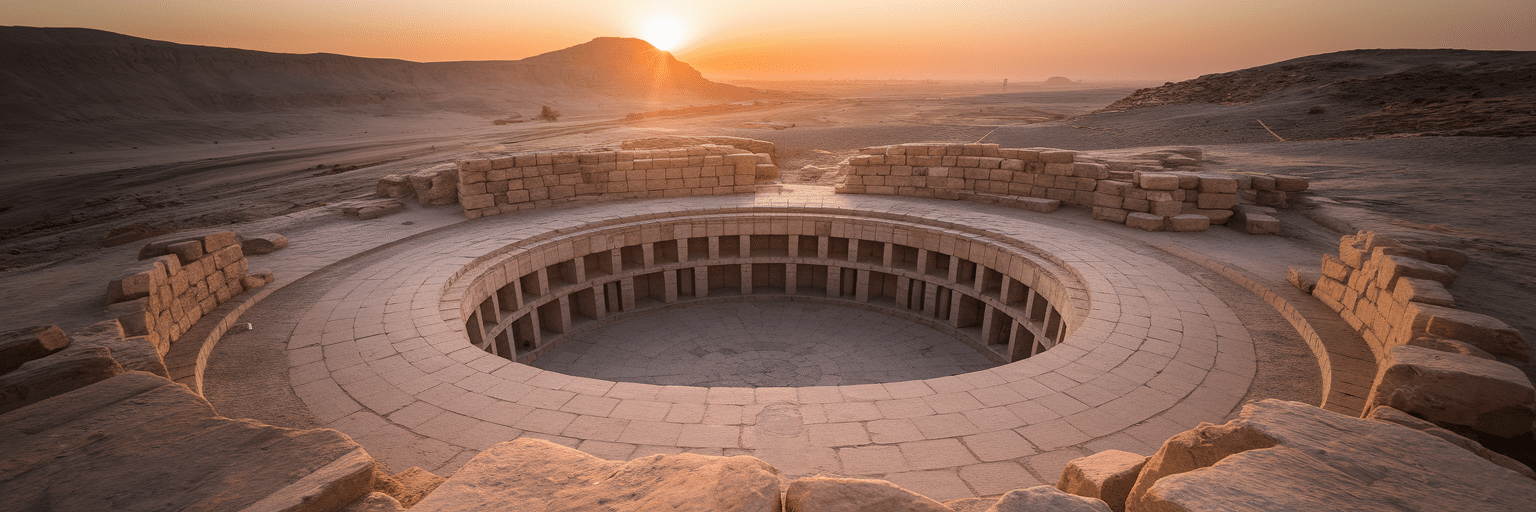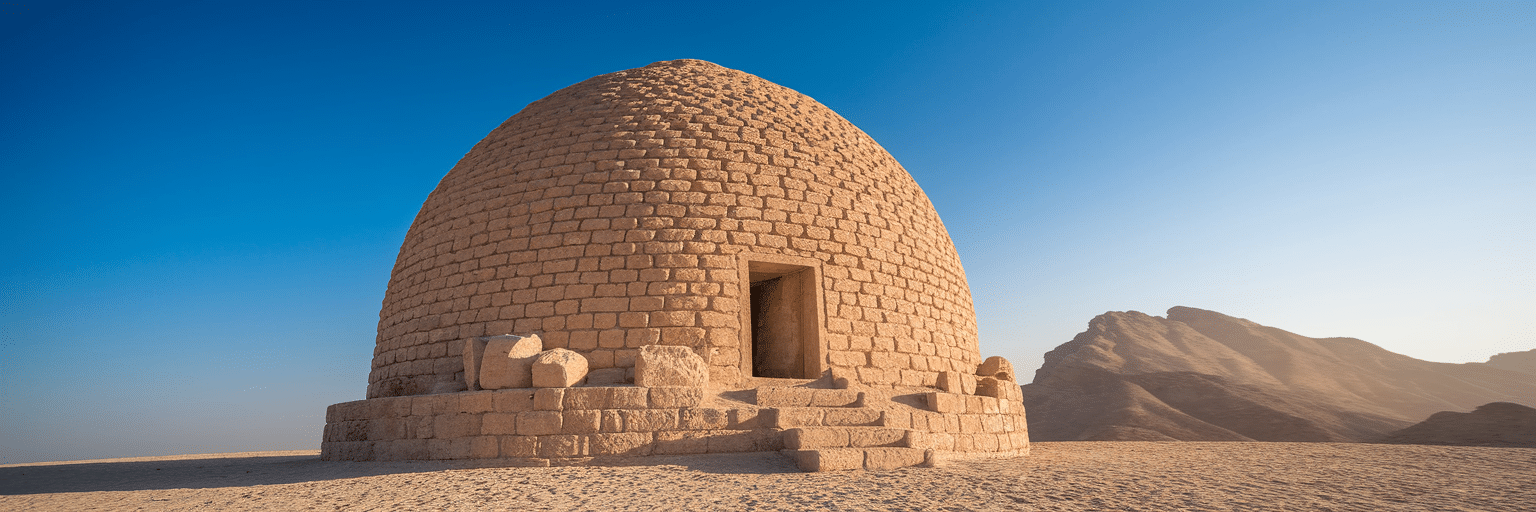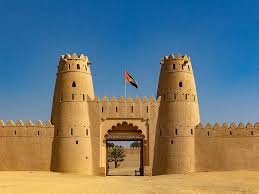Al Ain UNESCO Sites offer a rare, living window into the UAE’s deep past—from the beehive tombs of Jebel Hafit to ingenious falaj irrigation that made oasis life possible.

The UAE’s Heritage Heartland
While Dubai and Abu Dhabi are famous for their futuristic skylines, the UAE’s story begins somewhere much older. Al Ain, one of the world’s oldest continually inhabited settlements, offers a profound contrast. Its name, meaning ‘The Spring,’ hints at its origins as a lush oasis that was a critical stop on ancient caravan routes. This is not a city of glass towers but the emirate’s heritage heartland.
The Al Ain UNESCO sites are not a single location but a collection of places that together tell a story of human life stretching back thousands of years. Exploring them is like stepping through a portal into the deep past. For any adventurer wondering what to see in Al Ain beyond the usual attractions, this journey offers a chance to connect with the very foundations of Emirati culture and history. It’s an expedition into a world that existed long before the modern Emirates were imagined.
The Bronze Age Tombs of Jebel Hafit
Your journey into ancient history in the UAE begins at the foothills of Jebel Hafit mountain, where hundreds of 5,000-year-old tombs dot the rugged landscape. These are the Jebel Hafit tombs, marking the dawn of the Bronze Age in the region. Their distinct single-chamber, ‘beehive’ shape was constructed from local, unworked stones, a testament to the resourcefulness of the people who built them. Standing among them, you can almost feel the silence of millennia.
When Danish archaeologists first excavated these structures in 1959, they uncovered more than just remains. They found ceramic vessels and copper artefacts, which were not just simple objects but clues. These finds proved the existence of sophisticated maritime trade networks that connected the people here with distant civilisations across the Arabian Gulf. A Jebel Hafit tombs tour is less like visiting a museum and more like exploring one. It’s a raw, open-air experience that connects you directly to this ancient world. While ancient traders navigated these routes on foot, modern adventurers can experience the same spirit of discovery by exploring the surrounding desert landscapes in one of our high-performance buggies. These tombs stand in stark contrast to later burial sites, showing a clear evolution in culture and construction over time.
Hili Archaeological Park’s Ancient Settlements

While the Jebel Hafit tombs speak of early trade and burial customs, a Hili Archaeological Park visit tells a different story: the shift from nomadic life to settled communities. This park contains the earliest known evidence of an agricultural village in the United Arab Emirates, offering a window into a fully developed ancient society. It’s a place where you can walk through the remnants of a community that thrived thousands of years ago.
The park’s features paint a vivid picture of life during the Bronze and Iron Ages:
- The Hili Grand Tomb: An impressive circular structure, this tomb was used for collective burials over several centuries during the Umm an-Nar period. Its reconstructed form showcases remarkable craftsmanship.
- Ancient Villages: You can see the foundations of homes and community buildings, giving a sense of the daily routines of the people who lived here.
- Agricultural Infrastructure: The park contains evidence of early farming systems, including ancient wells and irrigation that sustained these settlements in the desert.
As documented by UNESCO, Hili Archaeological Park is a core component of the Al Ain UNESCO sites, preserving this critical chapter of human history. For those with a fascination for the region’s deeper past, the nearby Fossil Valley is rich with fossils from when this area was covered by the sea. If you are planning a wider trip through the region, you can find more travel inspiration on our blog.
At a Glance: Comparing Al Ain’s Key Archaeological Sites
| Feature | Jebel Hafit Tombs | Hili Archaeological Park | Bidaa Bint Saud |
|---|---|---|---|
| Key Period | Early Bronze Age (3200-2600 BCE) | Bronze & Iron Age (3000-300 BCE) | Iron Age (1300-300 BCE) |
| Main Attraction | 5,000-year-old ‘beehive’ tombs | Hili Grand Tomb & ancient village | Tombs & 3,000-year-old falaj system |
| Historical Significance | The earliest known agricultural settlement in the UAE | Developed a park with accessible pathways | Earliest evidence of widespread falaj irrigation |
| Visitor Experience | Rugged, open-air site at mountain foothills | Rugged, open-air site at the mountain foothills | Dramatic rock formation with scattered ruins |
The Ingenuity of Bidaa Bint Saud
The story of ancient history in the UAE is also a story of incredible innovation. Nowhere is this more apparent than at Bidaa Bint Saud. The site itself is dramatic, with ancient tombs perched atop Gharn bint Saud, a striking rock formation that rises out of the desert floor. While the tombs are fascinating, the true marvel here lies hidden beneath the ground. Archaeologists discovered a 3,000-year-old falaj irrigation system, a masterpiece of ancient engineering.
Think of a falaj as a network of underground channels, cleverly designed to tap into subterranean water tables and carry water over long distances without evaporation. This wasn’t just a local trick. The falaj at the Bidaa Bint Saud location represents some of the earliest evidence for this technology found anywhere in the world. This ingenuity was the key to life, allowing communities to cultivate crops like dates and build permanent settlements in an arid landscape. The discovery of a large mud-brick building and artefacts like double-edged swords nearby further illustrates that this was a prosperous and organised society that had truly mastered its environment.
Planning Your Historical Expedition

Treating your visit to the Al Ain UNESCO sites as an expedition will make the experience even more memorable. A little preparation ensures you can focus on the sense of discovery. Here are a few practical tips for your journey into the past:
- Best Time to Visit: The cooler months from October to April are ideal. The weather is pleasant for exploring these outdoor sites without the intense summer heat.
- Essential Gear: Wear comfortable walking shoes, as you will be covering uneven ground. Sun protection is a must, so bring a hat, sunglasses, and sunscreen. Carry plenty of water to stay hydrated.
- Pacing Your Adventure: A self-guided tour allows you to explore at your own pace. Give yourself time to absorb the atmosphere of each location rather than rushing between them.
- Site Accessibility: The sites offer different experiences. Hili Archaeological Park is well-developed with clear pathways, making it easily accessible. Jebel Hafit and Bidaa Bint Saud are more rugged, offering a raw sense of exploration.
This journey is a unique opportunity to combine adventure with a genuine connection to the region’s deep history. For those looking to arrange a group adventure or get more details, you can contact our team to help plan your trip.
FAQ: Al Ain UNESCO Sites
What are the Al Ain UNESCO Sites?
The Al Ain UNESCO Sites are a group of heritage locations—Jebel Hafit tombs, Hili Archaeological Park, Bidaa Bint Saud, and the oases—that trace life in the UAE over millennia.
Why visit the Jebel Hafit tombs within the Al Ain UNESCO Sites?
They’re 5,000-year-old beehive tombs marking the start of the Bronze Age, a core feature of the Al Ain UNESCO Sites.
What makes Hili Archaeological Park key to the Al Ain UNESCO Sites?
Hili preserves ancient villages, wells, and the Hili Grand Tomb—central to understanding the Al Ain UNESCO Sites’ story of settlement.
How does Bidaa Bint Saud fit into the Al Ain UNESCO Sites?
Its early falaj irrigation and rock-top tombs showcase engineering that defines the Al Ain UNESCO Sites.
When is the best time to explore the Al Ain UNESCO Sites?
October–April offers cooler weather and softer light across the Al Ain UNESCO Sites.
